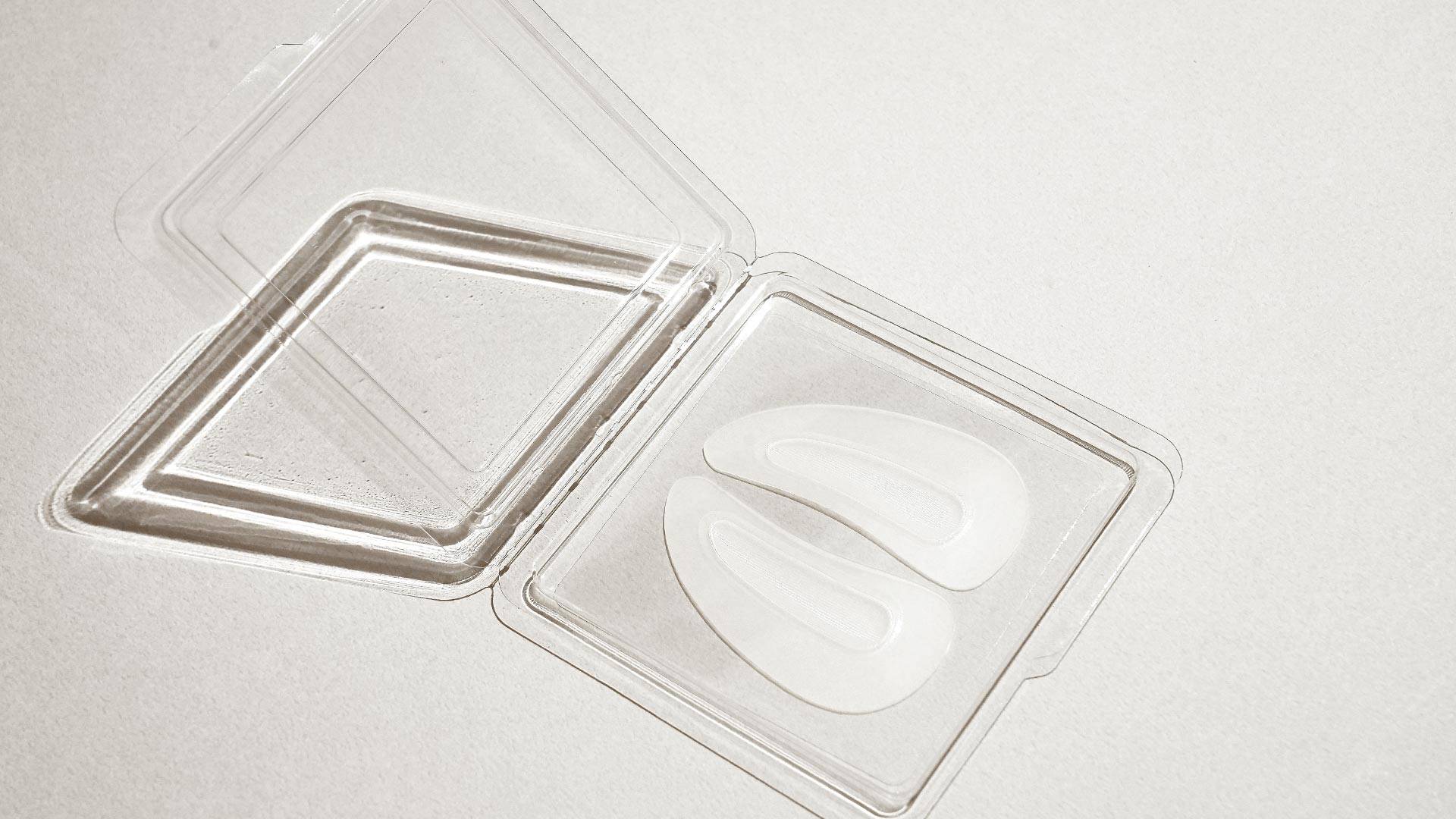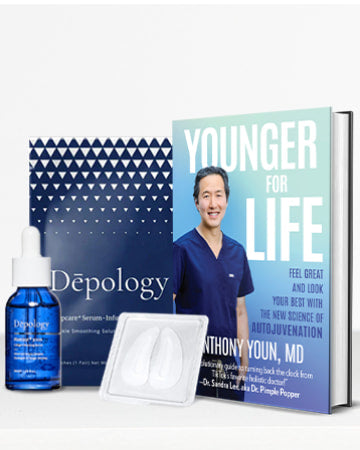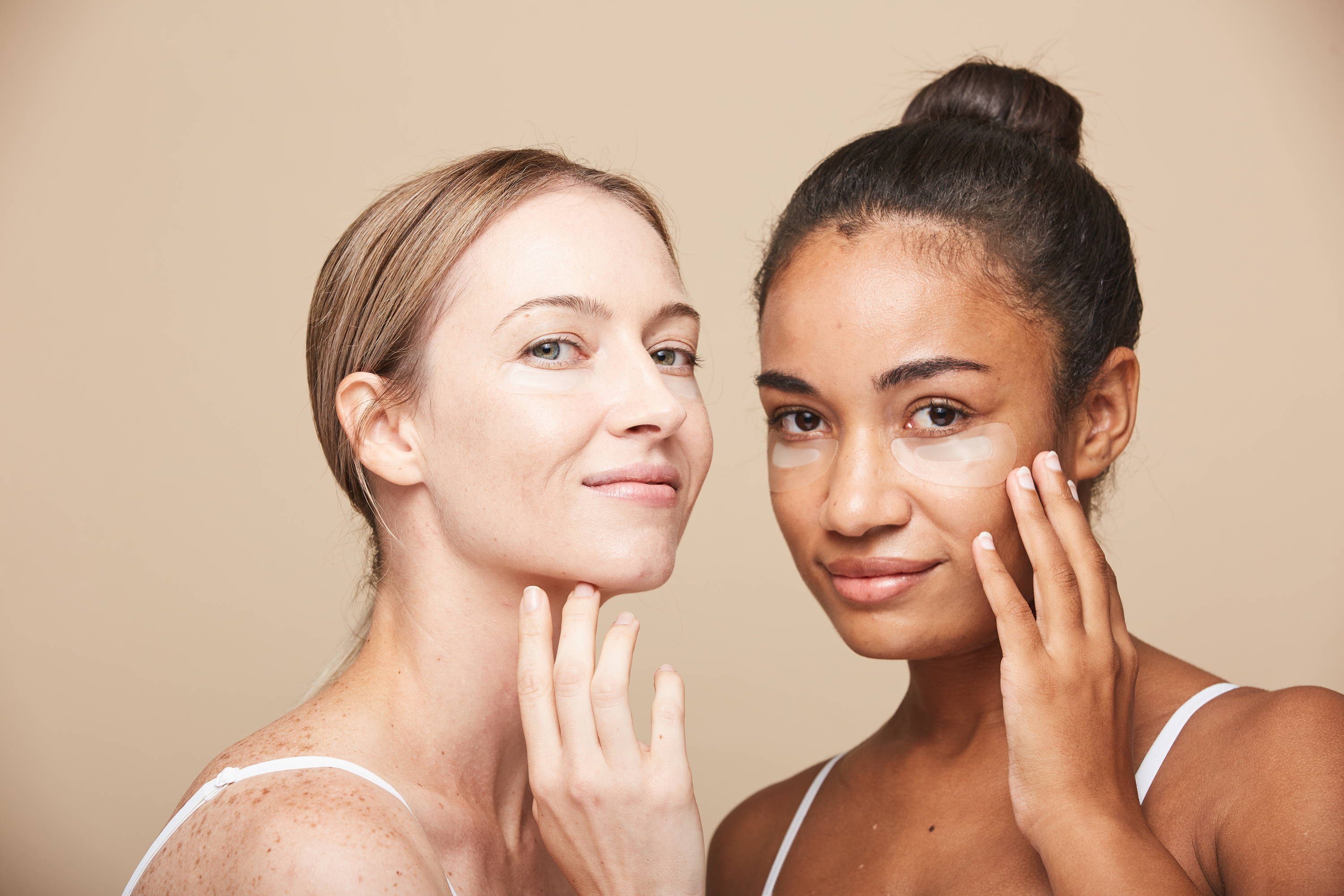
Skincare After Your Chemotherapy : Explained
Intro
No matter the cancer diagnosis, it can soon become overwhelming and you may not know where to turn for information. There are countless effects of chemotherapy on the body, which includes the skin, the body’s largest organ. Everything from the severity of cancer, the duration of treatment, and an individual’s skin type can play a role in the effects of therapy on the skin.
But what if we told you that even though your body is going through a lot of transformations, you didn’t necessarily have to transform your entire skincare regimen during cancer therapy? With just a few adjustments to your daily routine and lifestyle, you’ll find that this is one area of your life that doesn’t need to be disrupted.
Effects of Chemotherapy on the Skin
Before we dive into tips for skincare products and routines during and after cancer treatment, it can be helpful to know exactly what to expect prior. Not only are there several side effects of chemotherapy on the skin cells, but different types of therapy can produce different results.
Dry and/or itchy skin is a common occurrence for many who are undergoing chemotherapy and other forms of cancer treatments. Dry skin may appear as normal skin, but it can also show signs of flaking, cracking, redness/inflammation, and in some cases, bleeding.
For some users, when they are unable to resist the urge to excessively scratch the affected area, it can result in open sores that can then become infected, leading to further complications.
Making adjustments to your bathing routine, especially in the drier months, can help with these exacerbated symptoms. Mild, unscented, and gentle products mixed with the use of lukewarm rather than hot water will help your skin recover from the effects of not only cancer treatments, but environmental stressors. Be sure to pat dry rather than rub, which can further irritate the skin.
If itching symptoms persist and fail to improve, you can try some at-home remedies, such as applying cool, wet packs to irritated areas. If you truly can’t help but scratch, wearing soft gloves and keeping your nails clean and cut will help prevent potential infections that result from scratching, as well as unwanted bacteria making their way under the skin. A doctor may also be able to prescribe stronger medications depending on the severity of your symptoms.
Despite its name, “chemo rash” is a condition that can result from several forms of cancer therapy, such as bone marrow transplants and targeted therapy. It takes on the appearance of acne or measles and is a common side effect of the treatment. In fact, sometimes these symptoms can indicate that the treatment is working rather than it being a skincare concern that needs immediate remedies.
To prevent these symptoms, making changes to your routine is a great starting point. Bathing with mild, low-pH cleansers and washing the skin gently rather than scrubbing will give your skin a much-needed break from further irritation. You should always be avoiding fragrances and opt for unscented products, especially those that touch and are absorbed into the skin such as serums and moisturizers.
When the skin becomes overly sensitive and reactive to light, it can start to develop photosensitivity not only to electrical sources but the sun’s harmful UV rays. If you start to notice increased skin sensitivity, you may require additional protection from the sun. This includes always applying sunscreen with SPF 30 and above when going outside, wearing sunglasses, making use of wide-brimmed hats, and adding some looser-fitting clothes to your wardrobe that won’t stick to the skin as tight.
This is the clinical name for a condition that some patients experience after cancer treatments. It tends to show up within 90 days of having undergone therapy in the areas where radiation was applied. The severity can vary by patient and can be due to a variety of factors, such as the duration of treatment and which area is affected.
It’s best to make changes to your routine and seek consultation from a medical professional if symptoms worsen from the rash. If the condition persists in a negative direction, it can lead to ulcers, skin peeling, and extremely dry skin.
Compared to radiation dermatitis, this condition typically appears immediately after treatment. It shows up on the affected area as a sunburn-like rash and may include inflammation, tenderness, blisters, and skin peeling or discoloration.
Depending on the severity of symptoms, the patient may need to take a hiatus from cancer treatment and give the skin time to heal. Oftentimes, they will be given prescription meds for the skin inflammation, such as steroid ointments, to apply until the skin is healed and ready to resume treatment.
Aside from cancer treatments and tumor growth, this can also be the result of excess sun exposure. Everyone’s skin reacts differently to the sun’s rays and environmental stressors, so it’s helpful to know what your skin can handle and any extra protection it may need to get through the day. Some of these discolorations and changes in skin tone go away within six months of treatment while others can last years.
These alterations in skin tone can show up as yellowing of the skin, blueish/purple skin that resembles bruises, redness, dark orange skin, and sometimes swelling in the affected area. In some cases, patients may even experience brown urine from treatment.
Some remedies that have been known to help with this symptom as a result of cancer treatments include products with mild ingredients, the utilization of moisturizing products, and pat drying the skin after bathing to avoid further irritation. In more extreme cases, skincare medications may also be used to lessen symptoms.
Types of Cancer Therapy
Though chemotherapy is tossed around frequently in discussions regarding cancer treatments, it’s actually just one of several types of options for those undergoing therapy. Depending on the type of treatment you are receiving, you may experience different effects than others.
“Chemo,” or “chemotherapy,” refers to medicines and drugs that are used to treat cancer symptoms. This range of drugs used to relieve and extinguish symptoms varies greatly. Some of these drugs are cytotoxic, meaning they target and kill cancer cells. These drugs are typically referred to as traditional or standard chemotherapy.
Depending on the severity of the cancer diagnosis, chemotherapy drugs can be used as the primary treatment rather than surgery or more intense therapy. Each of these drugs comes with different side effects, including loss of appetite, fatigue, nausea/vomiting, and constipation. They can be administered in a variety of forms, such as pills, infusions, creams, and shots.
Because chemotherapy drugs attack fast-growing cancer cells, they can also cause normal cells, such as skin cells and hair follicles, to grow at a rapid pace as well. Many cancer institutes and centers offer oncodermatology clinics for patients experiencing skincare concerns so that they may access immediate treatment and guidance on how to combat the side effects.
Immunotherapy is a type of cancer treatment that focuses on the immune system in order to fight cancer cells. A type of biological therapy, immunotherapy uses substances made from living organisms to treat the condition. There are various types of immunotherapy to be administered depending on the type of cancer and severity, such as immune checkpoint inhibitors and T-cell transfer therapy, and immune system modulators.
Side effects of immunotherapy depend on a variety of factors, some of them pre-existing, including your overall health prior to cancer treatment. Flu-like symptoms may occur, as well as swelling, soreness, rashes, and itchiness.
This form of cancer therapy involves targeting the proteins that determine how cancer cells grow, divide, and ultimately spread throughout the body. Small molecular drugs are sometimes used due to their size and effectiveness at entering the cells. Therapeutic antibodies, on the other hand, are proteins produced in a lab that is designed to attach to certain targets on cancer cells. Depending on the monoclonal antibodies, they either work to cease cancer cell growth or make them more visible to be destroyed by the body’s immune system.
This form of cancer treatment is known to cause some skin irritation, such as rashes and itchiness. Other side effects associated with targeted therapy range from fatigue, sores on the mouth, and loss of hair color.
Radiation therapy, or radiotherapy, utilizes high doses of radiation to destroy cancer cells and shrink tumor growth. This is a common form of cancer therapy, as we often experience low doses of radiation when receiving X-ray exams.
Contrasted to cancer treatment, this form of therapy focuses on damaging the DNA of cancer cells in order to successfully remove them. However, this process is not instantaneous. It can take days or even weeks before the cancer cells die. As the months go on, the remaining cancer cells continue to die off even after treatment has finished.
Despite the many benefits of radiation therapy, there tend to be many common side effects of the treatment. While some symptoms from the radiation are more well-known, such as urinary issues and hair loss, your skin can become affected by the radiation the body is undergoing. These skin concerns can include dryness, flakiness, peeling, itching, and discoloration, to name a few.
Also commonly known as a “bone marrow transplant,” this treatment is often an option for those who are suffering from immune system diseases such as leukemia, lymphoma, and myeloma. Depending on where the stem cells themselves originate from, this procedure may also be referred to as a “peripheral stem cell transplant” or “cord blood transplant.”
Stem cells are generally found in the bone marrow, which is the sponge-like center of the bones. Here, they divide to form new blood cells. They leave the bone marrow and enter the bloodstream upon maturing. Peripheral blood stem cells also enter the bloodstream during this process, which are cells that are not yet matured. The reason stem cells are so vital to our health is that they help create red blood cells, white blood cells, and platelets. We all need a bit of each of these cells in order for our bodies to remain healthy and in balance.
When a patient undergoes stem cell therapy, their bone marrow cells are replaced with those that have not been affected by cancer cells or radiation and chemotherapy. By transplanting these stem cells, physicians are able to use higher doses of chemo treatment to rid the body of cancer cells, allowing the new cells that have been transplanted to grow into healthy, mature blood cells.
As efficient and remarkable as this process is, it also tends to come with its own side effects. Doctors often prescribe patients with anti-nausea medication prior so that it is easier to avoid symptoms of nausea and vomiting, which are common with those who undergo chemotherapy and other forms of cancer treatments. Other unwanted effects of the treatment may also include skin conditions such as itchiness, dryness, and rashes.
How to Relieve the Effects of Chemotherapy
Just as there have been revolutionary advancements in medicine when it comes to cancer research and treatment, so have remedies for skin conditions in relation to cancer treatment. Though there is always going to be damage to the skin cells when undergoing treatment, there are protective measures and steps one can take in order to prevent or lessen symptoms.
Ensuring the skin remains well-hydrated and moisturized is essential, especially in the colder months when the air is drier, even in your home. Maintaining a well-ventilated space and temperature in your home can help alongside a rigorous skincare routine.
Serum-Infused Micro Dart Patches can help with ensuring your skin doesn’t lose the hydration it needs to remain healthy and plump, even during chemotherapy. Incorporating up to 1,000 micro darts per patch, they are able to provide more extensive coverage to the skin, therefore producing beneficial results after a single application. You can even leave them on overnight, being able to rest while your skin rejuvenates itself. They are recommended to apply every 2-3 nights with consistent use of up to six weeks for desired results.
When it comes to products to incorporate into your routine, you should always be aiming for gentle cleansers and moisturizers. Those with soothing aloe properties and humectants will help to ensure water is retained in the skin. Prebiotic formulas containing oats greatly encourage good bacteria to thrive on the skin’s surface, which makes it more difficult for harmful pathogens to bypass the skin’s protective barrier.
Can I Use Makeup During Chemotherapy?
While you may have to make some adjustments to your makeup routine depending on your skin and cancer treatment, the good news is you won’t have to stash away your makeup products altogether.
Replacing your makeup products regularly can help ensure you aren’t applying old products on your sensitive skin, as well as buying new makeup in between treatments and following therapy. This can help to not disrupt your skin’s process during treatment and avoid further irritation.
Silicone-based makeup primer helps to even out the texture and tone of the skin, which can sometimes change depending on the form of cancer therapy. Creamy concealers are beneficial for red or dark areas of the skin while applying blush on the cheeks (upwards towards the earlobes) will provide a brighter glow overall. If you begin to experience hair loss during cancer treatment, soft eyeliners, and eyebrow pencils can help with lost eyelashes and eyebrows.
Conclusion
Undergoing cancer treatment is an experience that only the patient in the chair is able to fully comprehend. With everything else going on, the effects of chemotherapy on your skin shouldn’t be an added concern. Thankfully, due to countless research and innovations in skincare over the years, there are several remedies to choose from in just about every aspect of the body so that you can keep your skin glowing without radiation coming into play.













